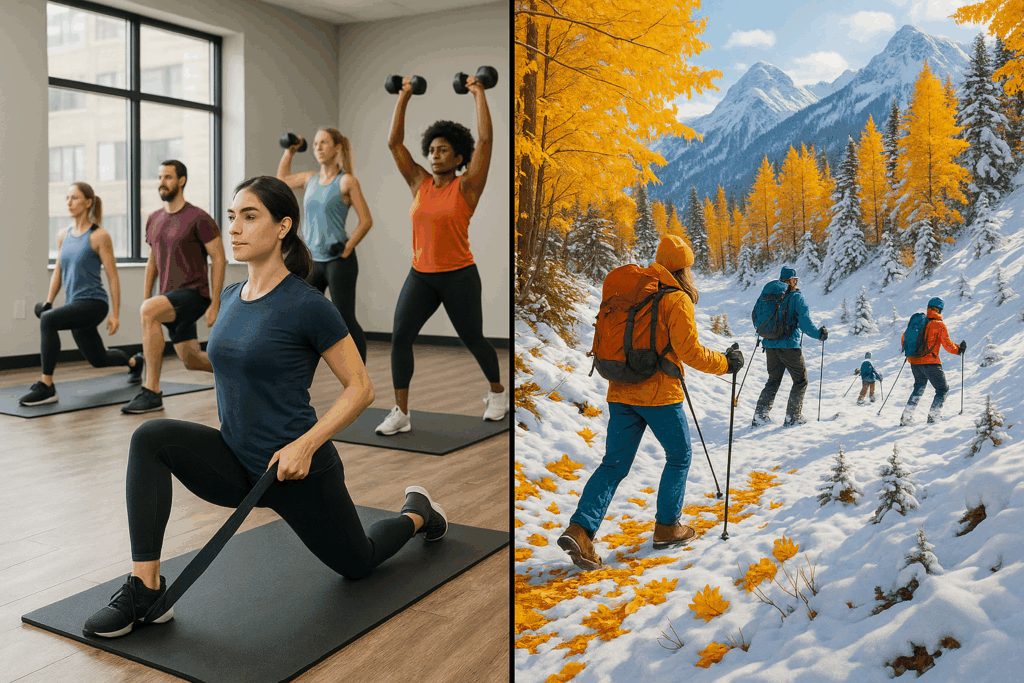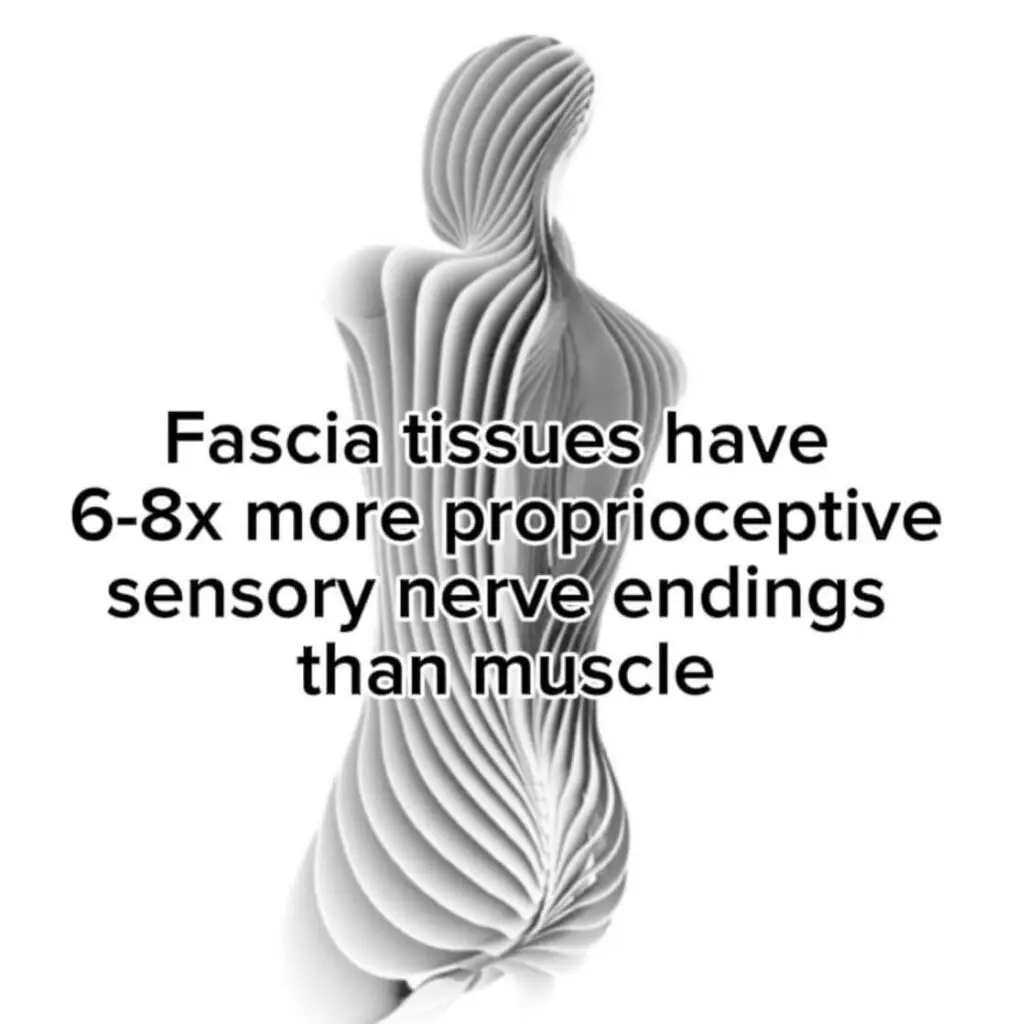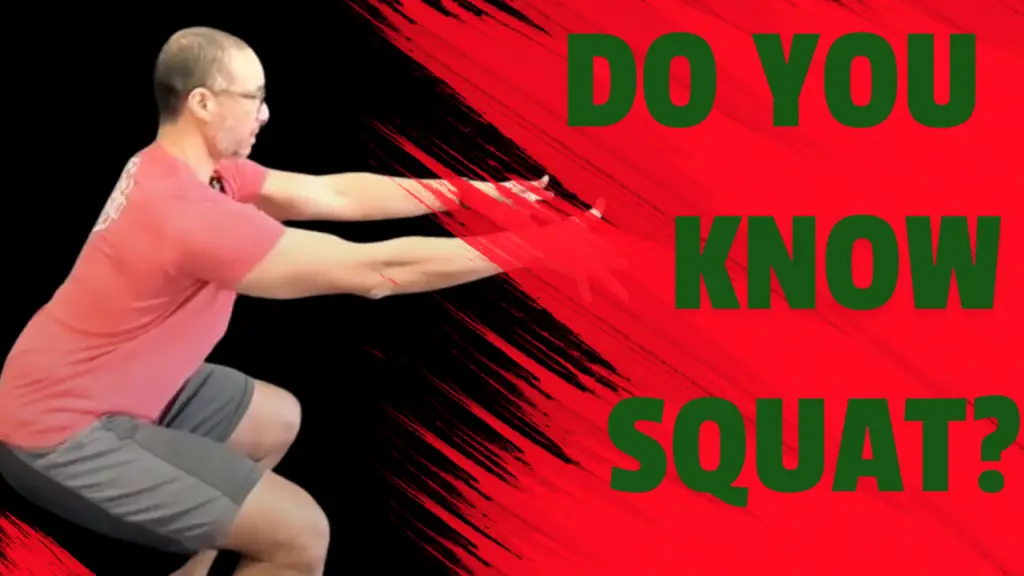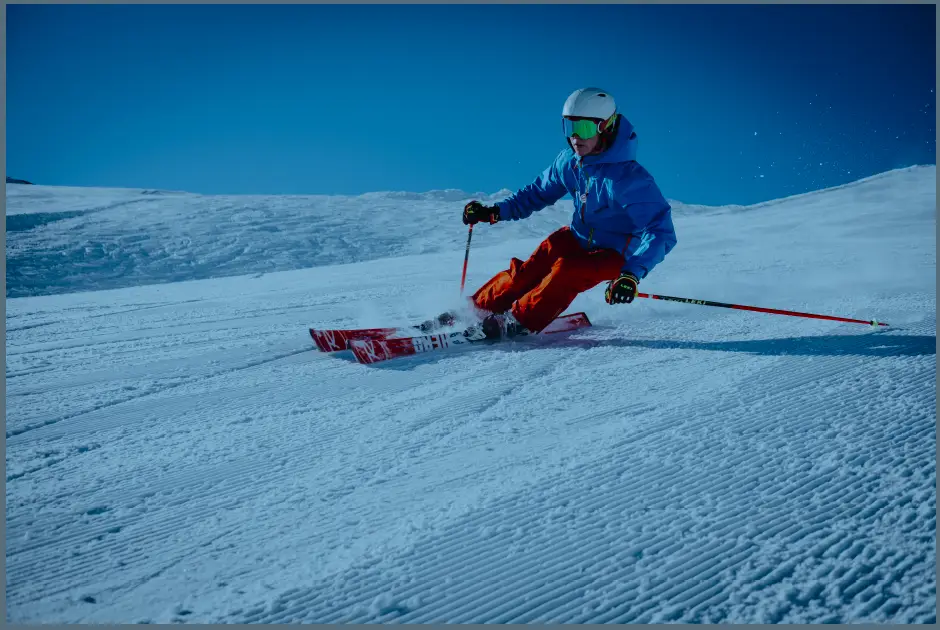
Labor Day fitness routine isn’t about forcing a big “reset”—it’s about transforming all the gains from your summer adventures into strength, mobility, and vitality for every season ahead. Summer fills the calendar with hiking, long days outside, spontaneous games, and late-evening walks. But as Labor Day draws near, it’s time to move with intention. At SolCore, we know the secret isn’t in trends or quick fixes. It’s a holistic, fascia-focused approach rooted in osteopathic science that prepares the body for fall’s best adventures—and next year’s too.
Ready to Move Into Fall?
The weeks after Labor Day aren’t about doing less, but about moving with intention. Fall in Santa Fe is its own invitation: the hiking trails call, the aspens change, and soon enough it’s time for skiing, snowshoeing, or simply enjoying crisp mornings. But to actually enjoy these activities (and not get sidelined by pain, tightness, or fatigue), the real difference comes from building a program that understands the body’s structure—how it actually moves, adapts, and needs support as the seasons change.
A traditional routine might throw you into generic circuits or treadmill marches. But a holistic, osteopathic, and fascia-focused approach looks at your entire body as an integrated system. This means:
- Restoring balance where summer’s adventures left some areas overworked and others neglected.
- Addressing fascial tightness from drives, hikes, or even lounging.
- Building functional strength and mobility directly to support what you love outdoors—so hiking, skiing, or a simple walk is easier and more enjoyable.
For a deeper dive into how a holistic program can transform your movement year-round, check out our Holistic Exercises and Fitness Program guide.
Building Strength for Every Adventure—Beginning Now
What you start this September sets the table for every bit of joy, freedom, and resilience you’ll feel in the coming months.
- Want to feel great on snowy trails? Start by opening hips, knees, ankles and core now.
- Planning long hikes under golden aspens? A strong, supple back and a breath-aware routine are your best gear.
- Eyeing travel or winter play with grandkids? A holistic, fascia-first regimen will carry you through it all, helping you move better for longer.
By focusing on intentional structure, awareness, and practical mobility—rather than punishing reps or empty “grind” routines—you give your body the tools to keep saying YES to life, no matter the weather.
For guidance on staying fit no matter the season, check these Mayo Clinic tips for staying active year-round.
How to Transition This Labor Day
Labor Day isn’t just the end of summer—it’s your invitation to move into fall and winter with purpose, building the underlying strength and mobility that powers every hike, ski, or backyard game ahead. If you’re ready to make these months your foundation (and not just a “reset”), the SolCore approach is distinct: holistic, osteopathic-driven, and fascia-focused—all designed for real people, real change, real fun.
Follow the Thread—Where Movement, Fascia, and Freedom Align
Find more insight, reflection, and fascia-informed care:



